Italy, a country rich in history, culture, and cuisine, often draws tourists to iconic landmarks like the Colosseum, Trevi Fountain, and Vatican City. While these attractions are undeniably beautiful, you can often find yourself caught in a tourist trap, spending more time and money than you intended. Avoid the hustle and expense of tourist areas by seeking local neighborhoods for a more authentic Italian experience.
In Rome, explore the Trastevere district, where you can enjoy charming streets filled with local eateries away from the crowded hotspots. Milan offers Brera, a historic neighborhood with art galleries and quaint cafes that give you a genuine taste of the city’s vibrant life. Although famous for its canals, Venice has hidden gems like the Cannaregio district, offering a peaceful retreat with its narrow alleys and authentic restaurants.
Florence is known for its rich art and history, but venturing into the Oltrarno area can lead you to artisan workshops and local markets. Similarly, in Naples, you should visit the Spanish Quarter to immerse yourself in the local culture and sidestep tourist-driven establishments. By taking the time to explore these lesser-known parts of popular Italian cities, you ensure a travel experience that is both enriching and economically sensible.
Ways to Dodge Italian Tourist Traps
1. Recognizing Tourist Traps

In Rome, be cautious around the Colosseum and Trevi Fountain. These areas are crowded and known for overpriced souvenirs and food. Street vendors often sell items at inflated prices.
Venice’s popular spots, like Piazza San Marco, can be another hotspot for tourist traps. Avoid overpriced gondola rides and dining at restaurants overlooking the Grand Canal.
Watch out for scams, such as people offering “free” items and demanding payment. It’s best to decline politely and move on.
Florence’s famous sights, like the Uffizi Gallery and Ponte Vecchio, attract crowds. Here, overpriced souvenirs and pickpocketing can be problems.
When in Milan, areas around the Duomo can have beggars and scammers. Beware of offers to “help” with directions or photos, as they might request a tip afterward.
Tips for Avoiding Tourist Traps:
- Eat where locals eat: Avoid restaurants with menus in multiple languages and pictures of food.
- Beware of “friendly” strangers: They might offer assistance but are looking for an opportunity to scam.
- Research in advance: Know the cost of services like gondola rides in Venice to avoid overcharging.
- Stay vigilant in crowded areas: Keep your possessions secure to avoid pickpocketing.
Highlighting these precautions will help you enjoy an authentic and safe experience while exploring Italy’s beautiful cities.
2. Rome: Authentic Alternatives

Experience the essence of Rome by delving into historical hideaways, savoring culinary gems, and discovering lesser-known spots to avoid the typical tourist traps that crowd the city.
Discovering the Real Rome
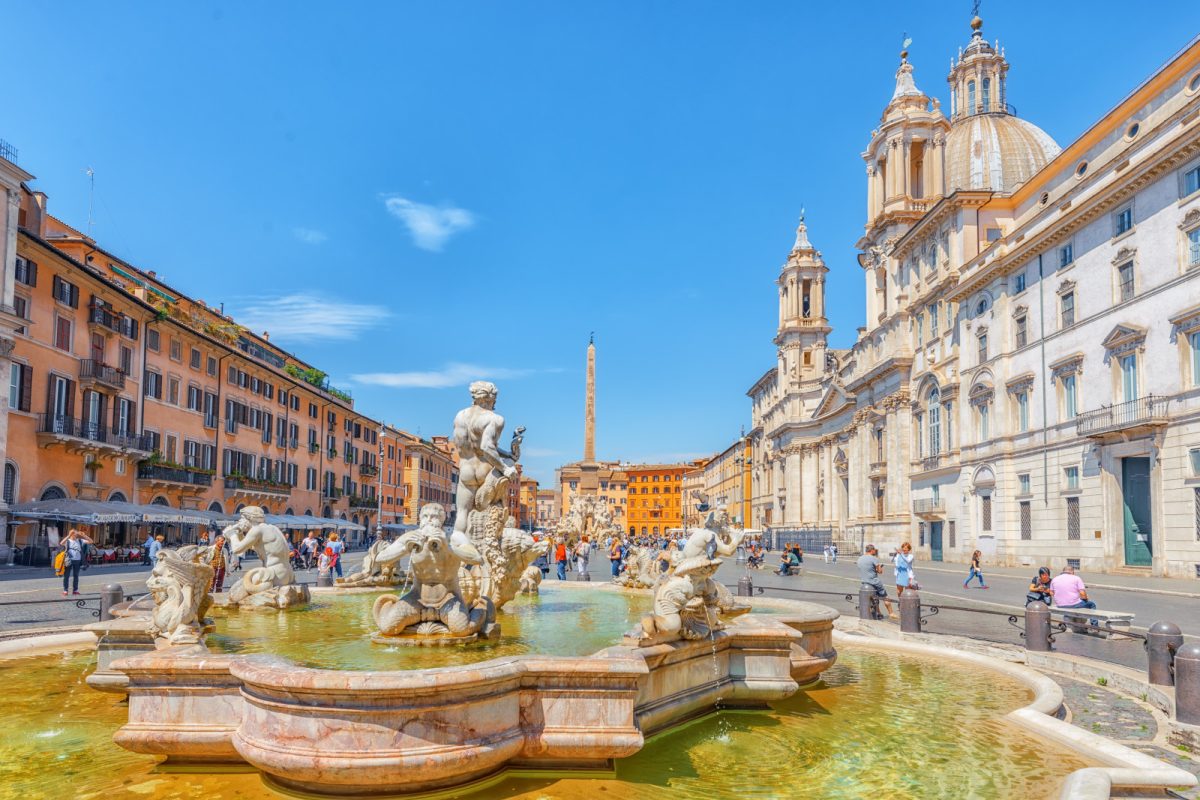
Escape the throngs by exploring neighborhoods like Testaccio and Monti. Testaccio, with its vibrant market and local eateries, offers a glimpse into daily Roman life. Monti, known for its bohemian vibe, boasts quirky shops, art galleries, and charming cafes.
Instead of the crowded Trevi Fountain, visit the serene fountains in Piazza Navona, where you can enjoy stunning baroque art in a more relaxed setting. Embrace the authentic atmosphere of these areas to get a true feel of Rome.
Historical Hideaways
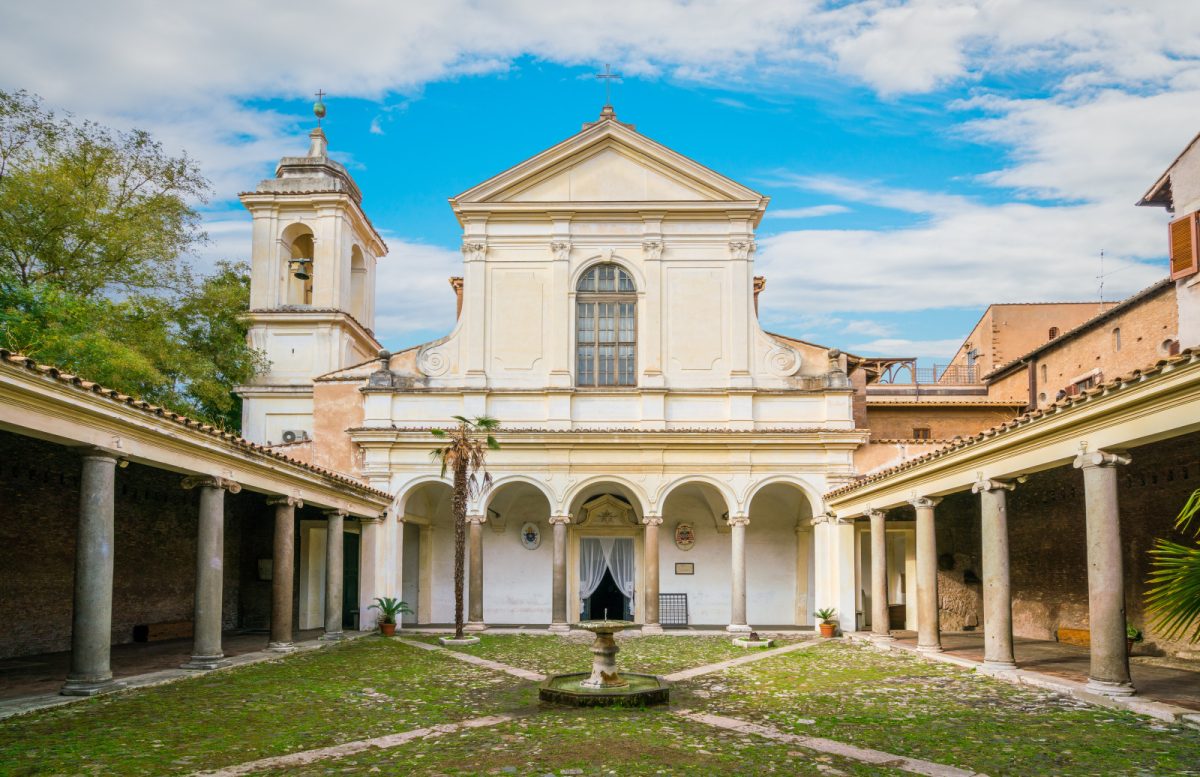
While the Colosseum is a must-see, there are other historical sites that offer rich experiences without the masses. The Aventine Hill provides panoramic views and the quiet orange garden, Giardino degli Aranci. Visit San Clemente Basilica, a layered treasure trove of history dating from ancient Roman times to the Middle Ages.
The Jewish Ghetto, with its ancient synagogues and the fascinating Roman Portico d’Ottavia, offers a blend of history and culture in a less crowded environment. These sites provide a deep dive into Rome’s rich past away from the bustle.
Culinary Gems

Roman cuisine is a highlight of any visit, but avoiding tourist-heavy restaurants in favor of local favorites can transform your culinary experience. In Trastevere, dine at family-run trattorias like Da Enzo al 29, known for its traditional Roman dishes. The historic Campo de’ Fiori market is perfect for sampling fresh produce and local delicacies.
For an elevated experience, enjoy a meal at Cesare al Casaletto in the Monteverde neighborhood. Locals flock here for the authentic flavors of Roman cuisine. These culinary gems offer a true taste of Rome, far from the tourist traps.
By following these tips, you can uncover the vibrant, authentic sides of Rome that many visitors miss.
See Related: Two Weeks in Italy Itinerary: The Perfect Family Adventure
3. Venice: Hidden Gems

To fully experience Venice’s charm, explore some lesser-known treasures. You’ll discover unique experiences beyond the typical gondola rides and find authentic Venetian craftsmanship in local artisan shops.
Beyond the Gondola

While gondola rides are iconic, consider exploring the canals via traghetto. Locals use These simpler gondolas to cross the Grand Canal for just a few euros. This offers you a more authentic experience and saves you money.
Visit the Rialto Market early in the morning for fresh produce and seafood. Here, you can see Venetians shopping for their daily ingredients.
Another hidden gem is the Campanile of San Giorgio Maggiore. Skip the lines at St. Mark’s Campanile and enjoy a panoramic view of Venice from this quieter spot.
Murano also offers a serene escape. It’s famous for Murano glass, and you can visit glassblowing workshops to see artisans at work.
Local Artisan Shops

Venice is renowned for its unique artisan crafts. Murano Glass is a prime example; visiting local shops lets you purchase genuine pieces directly from the makers. You can find beautiful glass in a variety of forms, from jewelry to home decor.
Another must-visit is the Campo Santo Stefano area, home to various artisan shops. Atelier Marega, located here, is famous for its traditional Venetian masks.
Explore Dorsoduro, a less touristy district where antique shops and boutiques offer handmade items. This area also boasts art galleries showcasing local artists. Don’t miss St. Mark’s Square for high-quality embroidered textiles and other unique souvenirs from local artisans.
4. Florence: Off-The-Beaten-Path

Florence offers an array of unique sites beyond its famous landmarks. Discover Renaissance rarities and unexplored art scenes to experience the city like a local.
Renaissance Rarities

Florence is synonymous with Renaissance art, and there are lesser-known sites that hold great charm. Explore the Palazzo Medici Riccardi, an exquisite display of Florentine Renaissance architecture. Don’t miss the Chapel of the Magi, stunning with its frescoes.
The Brancacci Chapel in the Church of Santa Maria del Carmine features frescoes by Masaccio and Masolino with fewer crowds than the Uffizi Gallery. Head to the Bargello Museum for a quieter experience with masterpieces by Donatello and Michelangelo.
Tip: Visit these rarities early in the morning to enjoy them in peaceful solitude.
Unexplored Art Scenes

Beyond the renowned galleries, Florence boasts vibrant, lesser-known art spots. Check out the Stibbert Museum, known for its eclectic collection of armor and artwork. The San Miniato al Monte church offers stunning medieval architecture and panoramic views near the Piazzale Michelangelo.
The Museum of San Marco houses works by Fra Angelico in its serene cloisters. Seek out the Horne Museum, another unassuming gem featuring Renaissance pieces and period furnishings.
Tip: While exploring these sites, stop at local cafes to mingle with the Florentines and taste authentic Tuscan cuisine.
5. Milan: Local Favorites

Explore Milan through its unique, local perspectives, discovering spots seamlessly blending fashion, culture, and cuisine. Here’s where you can experience the city like a true Milanese.
Fashion Forward Finds

Milan is globally recognized for its fashion, but to truly tap into its essence, head to the Brera District. This area features quaint boutiques highlighting Italian artisans’ craftsmanship and innovative designs. Shops here often focus on quality over quantity, offering unique pieces you won’t find in tourist-heavy areas.
Another gem is the Navigli District, which hosts monthly vintage markets. Here, you can find everything from retro clothing to eclectic accessories.
Bargaining is common, so don’t hesitate to haggle politely. For those looking for high-end alternatives without the tourist markup, Corso Buenos Aires offers a blend of renowned brands and independent designers, giving you a broad palette of options.
Contemporary Culture Spots

Milan’s cultural scene is vibrant and diverse. Fondazione Prada stands out as a must-visit for contemporary art lovers. It is located in a redeveloped distillery and offers cutting-edge exhibitions that engage the mind and senses.
Another cultural hotspot is Triennale Milano, which showcases design, architecture, and visual arts. Rotating exhibits highlight both Italian and international artists. The adjacent Triennale Design Museum explores the evolution of Italian design, making it a compelling stop for those interested in innovation and history.
For a distinctively local experience, the lesser-known Santeria Social Club offers live music, dining, and artisan workshops. Nestled in the Porta Romana, this venue provides a relaxed yet stimulating environment in which to enjoy Milan’s contemporary cultural pulse.
6. Naples: Genuine Experiences
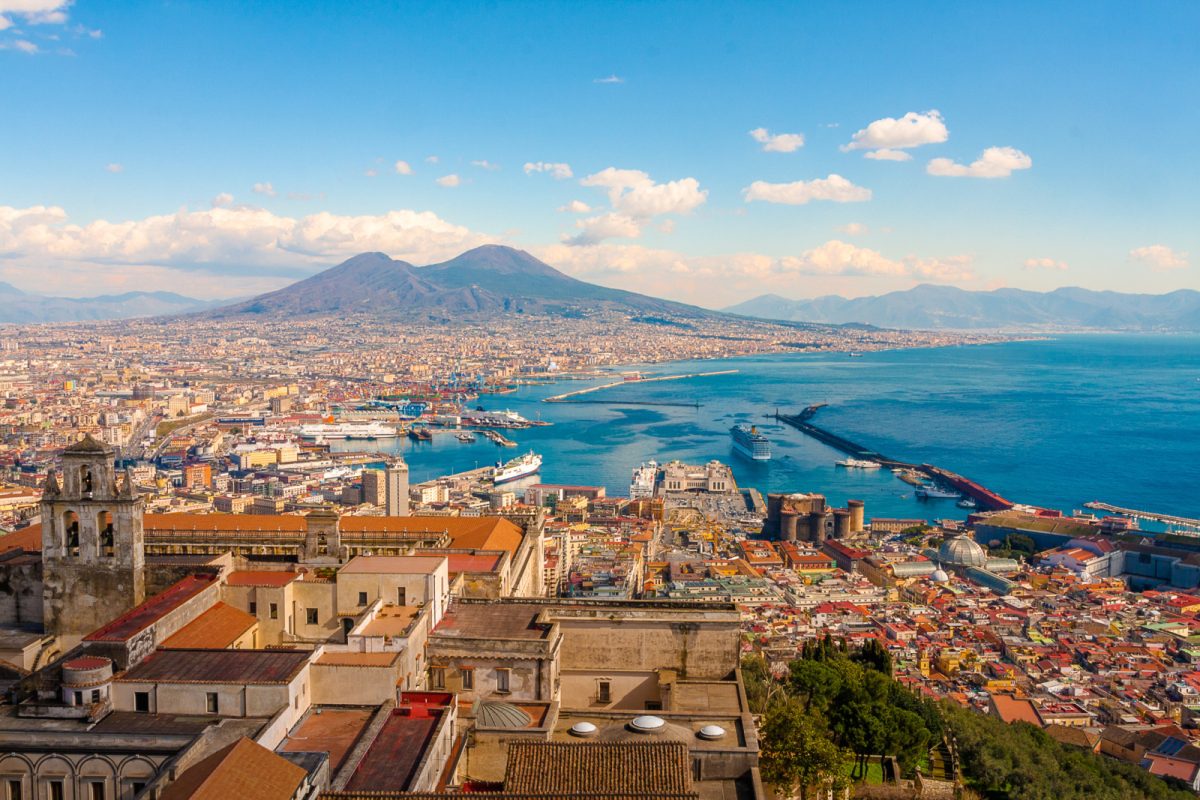
Discovering Naples’s true essence requires venturing beyond crowded tourist areas and engaging with its authentic facets. From lively local neighborhoods to historic eateries and bustling streets, experience Naples in a way that showcases its genuine charm.
Heart of Neapolitan Life

To truly experience Naples, start at Centro Storico. This historic center is a UNESCO World Heritage site, rich with narrow alleys, vintage shops, and local markets.
Here, you will find Spaccanapoli Street, which slices through the city’s heart. Wander through Napolitano neighborhoods, where locals go about their daily lives unaffected by the tourist rush.
Visit the Piazza del Plebiscito, one of the largest squares in Naples, for a glimpse of majestic architecture and vibrant local activities.
Historic Eateries

Naples is renowned for its culinary heritage, particularly as the birthplace of pizza. Avoid touristy spots and instead opt for historic eateries known for their authenticity. Pizzeria Sorbillo and Antica Pizzeria da Michele are legendary and often frequented by locals as well as culinary enthusiasts.
Indulge in sfogliatella or babà, traditional Neapolitan pastries, at classic bakeries like Sfogliatella Mary.
Explore small trattorias, where you can savor local cuisine such as ragù napoletano and seafood dishes made from fresh, local ingredients.
Vibrant Street Scenes
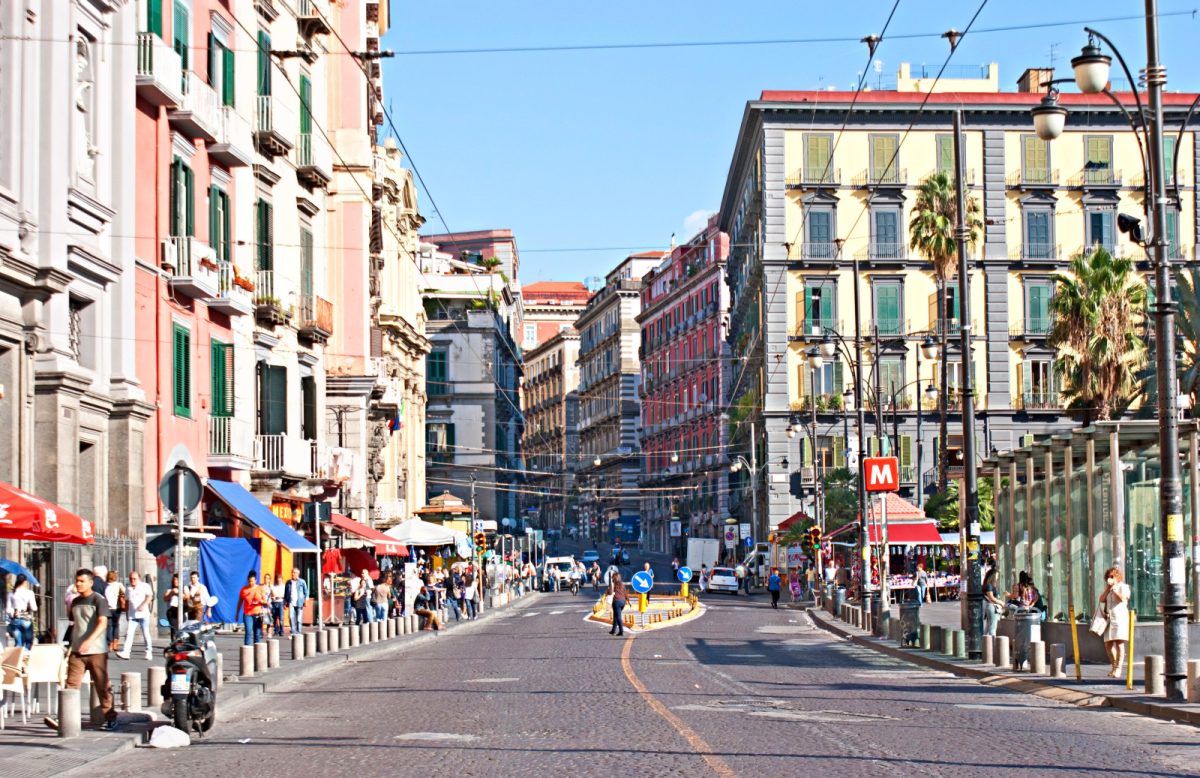
The streets of Naples are alive with energy and vibrant street scenes. Head to Via Toledo for a mix of shopping, street performers, and local vendors. Small cafes and gelaterias line the street, offering a perfect break spot.
For a deeper dive into local culture, explore the Quartieri Spagnoli. This area offers a raw and authentic look at Napolitano life and is filled with colorful murals, bustling markets, and the lively chatter of residents. Street vendors here sell everything from fresh produce to handmade crafts.
Finally, go to the Port of Naples for a picturesque view of the bay and an authentic Neapolitan atmosphere.
See Related: Italy’s Hidden Gems: Charming Towns You’ve Never Heard Of
7. Tips for Spotting Overpriced Restaurants

Avoiding tourist traps when dining in popular Italian cities is essential. Here are some savvy tips to help you identify overpriced restaurants.
Check for Local Menus

Look for menus written in Italian. Restaurants with menus in multiple languages, especially English, are often geared toward tourists and may charge higher prices.
Research Online Reviews

Before you go, check reviews on platforms like TripAdvisor or Google. Pay attention to comments about price and authenticity. Local favorites are usually well-documented online.
Avoid Tourist Hotspots

Restaurants near major landmarks, like the Colosseum in Rome or the Rialto Bridge in Venice, often inflate prices. Walk a few blocks away to find more reasonably priced options.
Observe the Customers

Peeking inside a restaurant can tell you a lot. If you see mostly locals dining, it’s a good sign the food is authentic and priced fairly. If you only see tourists, consider looking elsewhere.
Compare Prices

When you look at the menu, compare the prices of common dishes like pasta or pizza. If they’re significantly more expensive than others have mentioned in reviews, the restaurant is likely overpriced.
Beware of Fancy Decor

Extravagantly decorated restaurants might be more focused on tourist appeal than quality food. Simple, unassuming places often offer the best dining experiences.
Ask for Recommendations
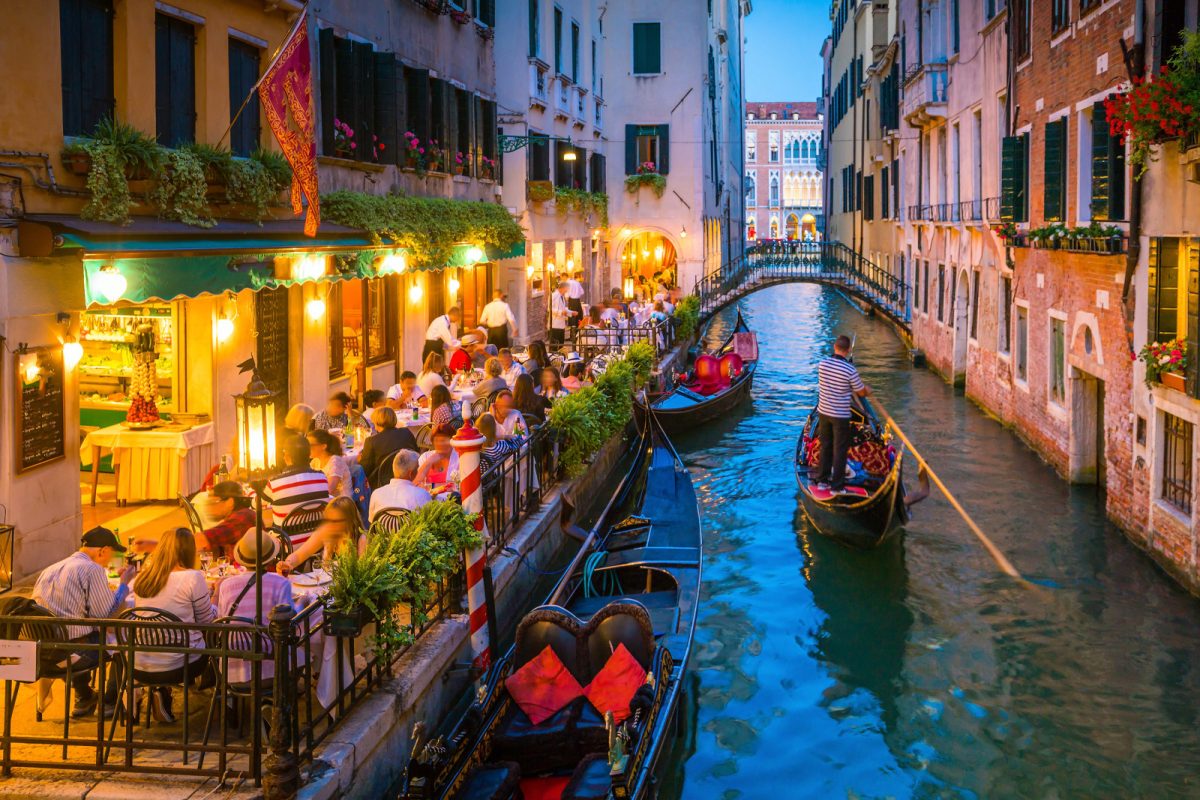
Locals know best. Ask your hotel or Airbnb host for recommendations. They are likely to point you towards authentic, fairly priced meals.
Check for Cover Charges

In some cities, like Florence, restaurants may add a coperto (cover charge) to your bill. Verify this before dining to avoid unexpected costs.
Following these tips will help you enjoy more authentic, affordable dining experiences in Italy.
8. Avoiding Souvenir Scams
Buy Directly from Artisans

For truly authentic souvenirs, purchase directly from local artisans. In Florence, visit workshops and studios to see craftsmen at work. This ensures you are getting high-quality, handmade items and supporting local talent.
Watch Out for Street Vendors

Street vendors in cities like Rome and Venice offer everything from trinkets to leather goods. While some may offer genuine products, many sell low-quality, mass-produced items. Be cautious about deals that seem too good to be true.
Inspect the Quality

When buying souvenirs like leather goods, ceramics, or glassware, take a moment to inspect the quality. Genuine leather should smell like leather, and the stitching should be even. Look for a certificate of authenticity for Murano Glass in Venice.
Stick to Established Shops

Established shops with good reputations in cities like Milan and Naples are safer bets than stalls or temporary setups. These shops often have fixed prices, reducing the chances of being overcharged.
Avoid Overpriced Tourist Shops

Tourist shops near main attractions like the Colosseum or the Leaning Tower of Pisa often inflate prices. Walk a few blocks away from these hotspots, and you might find the same items at a fraction of the price.
Be Wary of “Special Deals”

“Special deals” or “limited-time offers” are often marketing tactics. Take your time to browse and compare prices before making a purchase. In Venice’s Piazza San Marco, for example, similar souvenirs can vary widely in price depending on the shop.
Bargaining

While bargaining isn’t common in some places, in markets or with street vendors, it can be acceptable. Know the approximate value of what you’re buying, and don’t be afraid to negotiate. Be polite, stay firm, and walk away if you feel pressured.
9. Using Local Guides and Apps

Tapping into local guides and travel apps can transform your experience in popular Italian cities.
Local Guides
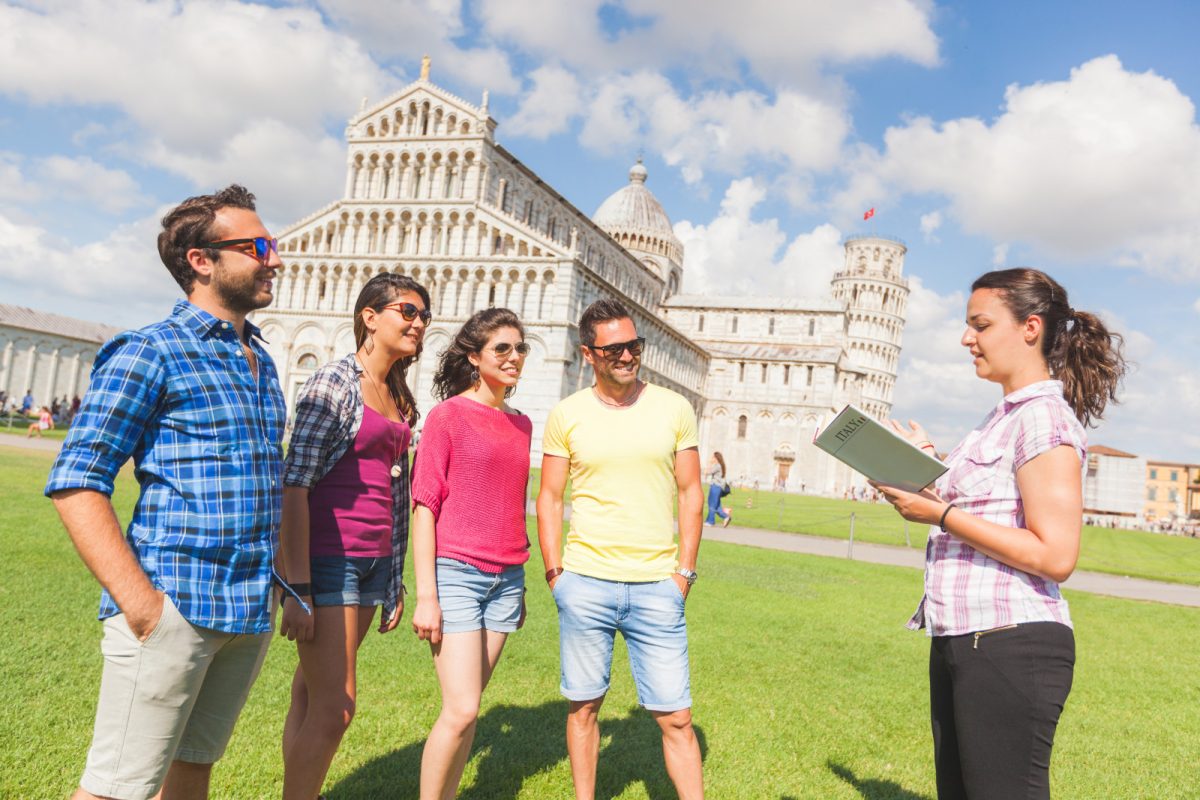
Seek out local guides who can provide insider tips and authentic experiences. In Rome, consider a neighborhood tour with a local. Their knowledge often helps you discover hidden gems.
Google Maps

Use Google Maps for more than just navigation. The app offers restaurant recommendations and local reviews. In Venice, it can guide you to less crowded eateries off the beaten path.
Other Useful Apps

- TripAdvisor: Check recent reviews to avoid overrated tourist spots.
- TheFork: Make reservations at local restaurants and read user reviews.
- Airbnb: Book unique accommodation hosted by locals who can share their favorite spots.
Personalization

Personalize your travel experience by customizing app filters. In Florence, use filters to find cozy cafes recommended by locals. Trust ratings and comments from real users.
Benefits

Apps and local guides can help you avoid tourist traps and find better value for your money. You’ll often get tips about restaurants and cafes that cater more to residents than tourists.
Using tech wisely ensures you spend less time in long lines and more time enjoying authentic Italian culture.
See Related: Top Family-Friendly Road Trips in Italy for Summer
Final Tips for Authentic Travel

Venturing off the beaten path is key to exploring Italy. Dive into local experiences and cultural quirks that tourists often miss.
Embrace Local Cafes and Bars

Start your day the Italian way with a cappuccino or espresso at a neighborhood bar. Italians often enjoy their breakfast standing at the counter.
Basic Italian Phrases

Learning some basic Italian can go a long way. Simple phrases like grazie (thank you), per favore (please), and dove… (where…) make interactions smoother.
Cash and ATMs

Italy still relies heavily on cash. While cards are accepted, many small shops and cafes prefer cash. To withdraw cash, use ATMs in reputable areas such as banks.
Avoid Tourist Kitchens

Steer clear of restaurants with touts or tourist menus. Instead, explore side streets where locals eat. Look for spots bustling with Italians, especially for authentic cuisine.
Roam and Wander

Roaming the city on foot provides a genuine feel of Italian life. Wander through alleyways and piazzas to discover hidden gems.
City-Specific Tips

- Florence: Skip the crowded spots like Palazzo Vecchio. Instead, visit local eateries and artisan workshops.
- Rome: Avoid the tourist-heavy main streets. Explore Trastevere’s lively backstreets for a more local vibe.
- Venice: For an authentic experience away from the crowded San Marco, try visiting the less crowded Cannaregio district.
By following these tips, you’ll experience the true essence of Italy, making your trip unforgettable.


0 Comment